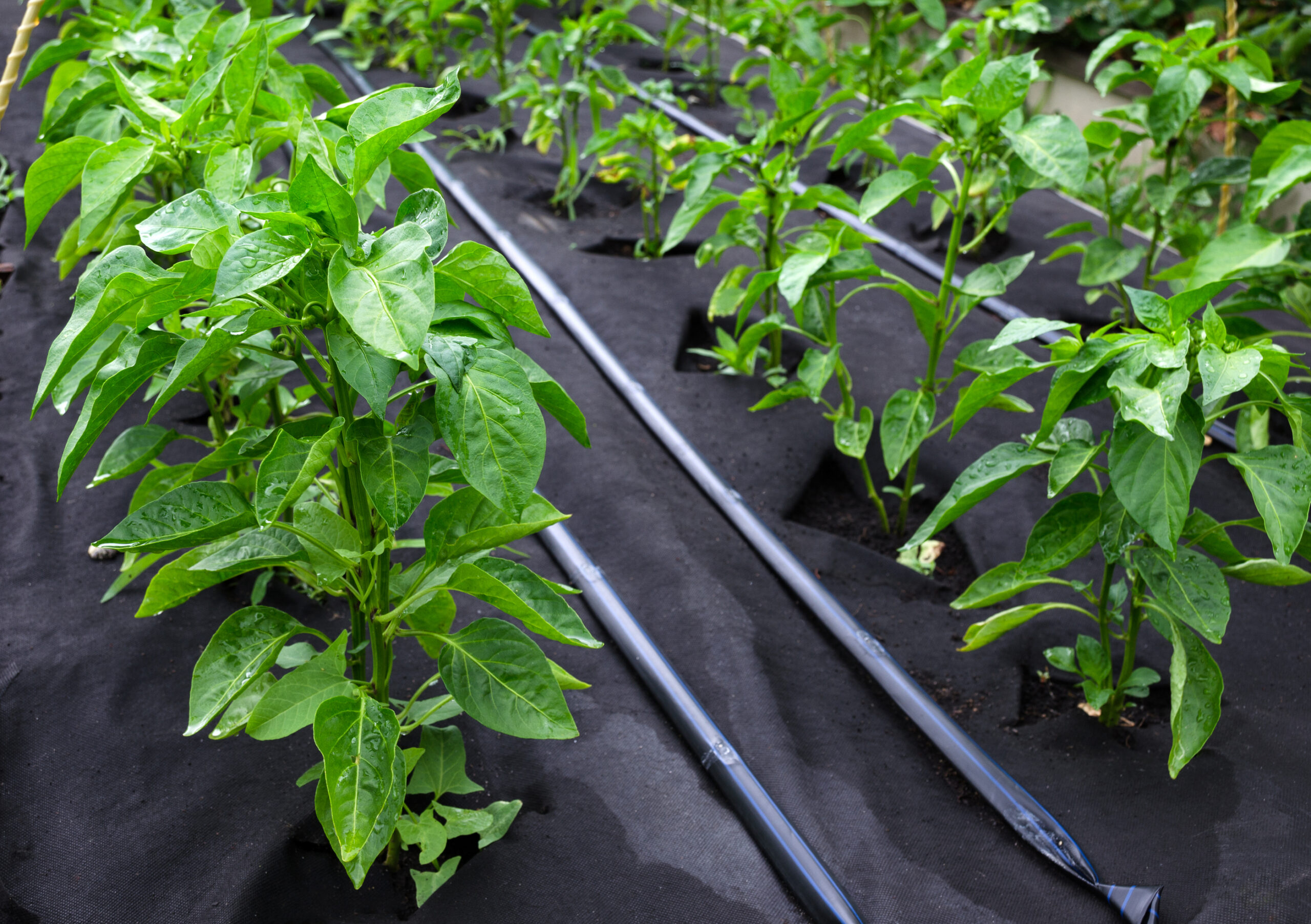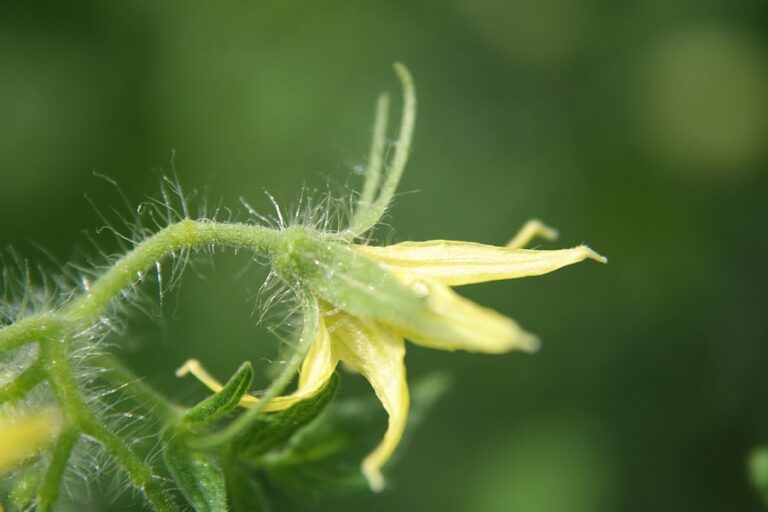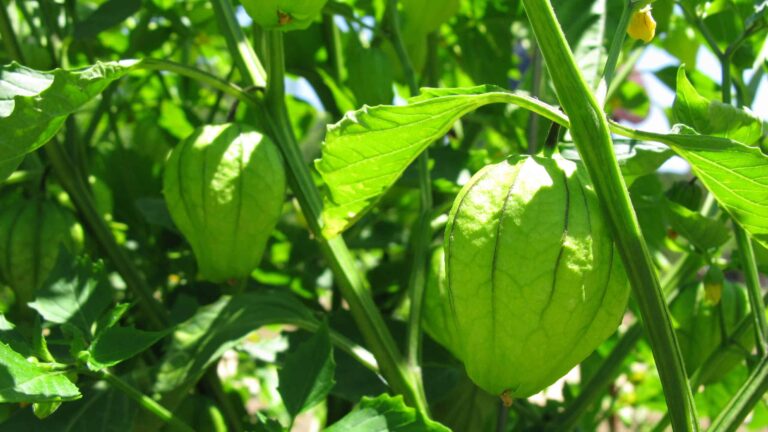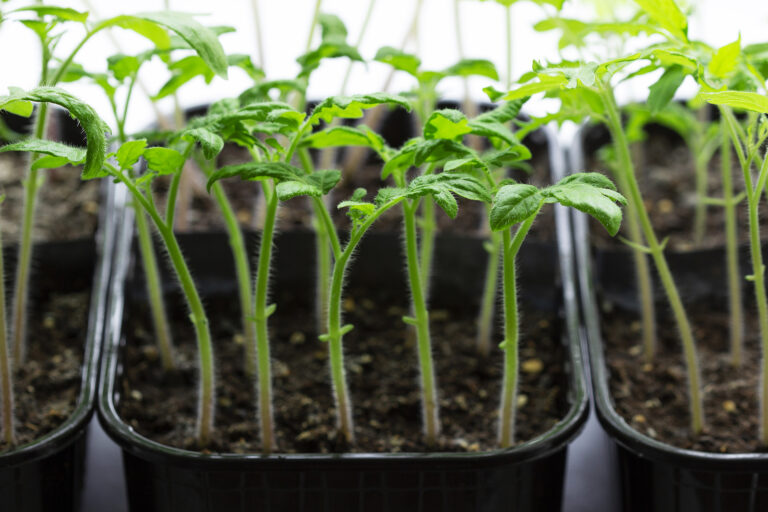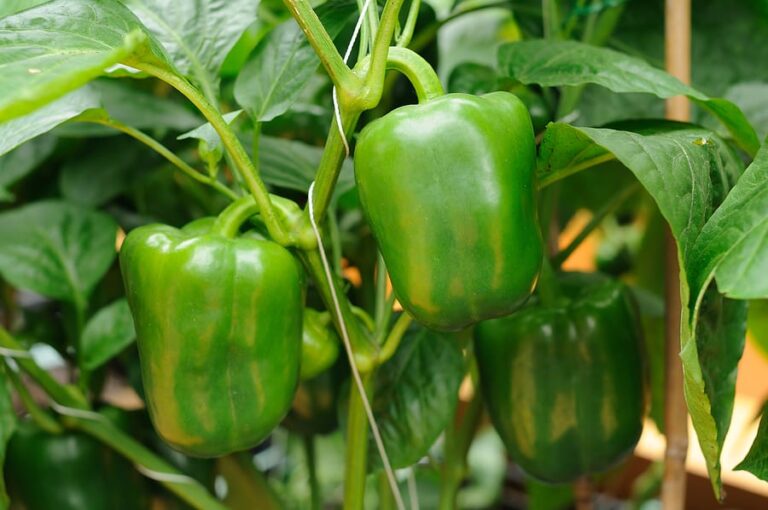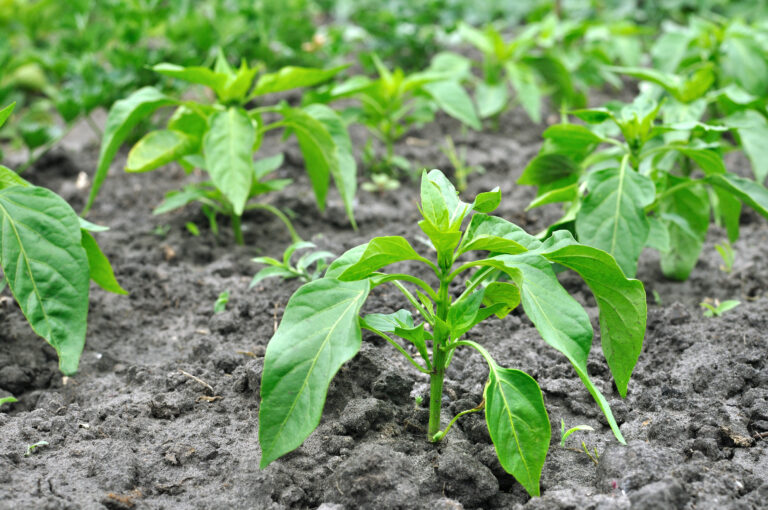Pepper Season Extension: How to Keep Plants Producing Longer
Peppers love warmth and sunshine, which means their productivity often drops as soon as temperatures cool. But with the right strategies, you can extend your pepper season and keep plants producing weeks—or even months—longer than usual.
In this guide, we’ll explore proven methods to stretch your harvest window, based on expert horticultural practices and firsthand growing experience.
Why Extend the Pepper Season?
- 🌱 Maximize yields: More peppers per plant before frost ends production.
- 🌞 Enjoy longer harvests: Fresh peppers well into fall.
- 🌿 Improve plant resilience: Season extension practices reduce stress and disease risk.
- 🍴 More culinary options: A steady supply for cooking, preserving, and seed saving.
Step 1: Start with the Right Varieties
Some peppers mature faster and handle cooler conditions better than others. Look for:
- Early-maturing hot peppers (e.g., Cayenne, Jalapeño)
- Compact sweet varieties (e.g., Mini Bells, Lunchbox Peppers)
- Thin-walled chilies (ripen quicker than thick bell peppers)
💡 Tip: Stagger planting times so some peppers mature early while others keep producing later.
Step 2: Use Row Covers & Tunnels
- Floating row covers help retain heat overnight.
- Low tunnels or hoop houses extend growing conditions by 4–6 weeks.
- Vent covers on sunny days to prevent overheating.
Step 3: Mulching for Warmth & Moisture
A thick layer of mulch (straw, shredded leaves, or black plastic) helps by:
- Retaining soil warmth into autumn
- Reducing evaporation during hot spells
- Protecting roots from early frosts
Step 4: Container Growing & Mobility
If peppers are in pots or grow bags:
- Move them indoors or into a greenhouse at first frost warning.
- Place near south-facing windows for continued production.
- Supplement with LED grow lights if daylight is limited.
Step 5: Overwintering Pepper Plants
Did you know peppers can live for multiple years? Instead of treating them as annuals:
- Dig up healthy plants before the first frost.
- Trim foliage back to 6–8 inches.
- Pot in fresh soil and keep indoors in a sunny location.
- Water lightly until spring, then replant outside.
Overwintering allows peppers to fruit much earlier the following season.
Step 6: Boost Fertility in Late Season
- Side-dress with compost or apply liquid fertilizer mid-season.
- Use a phosphorus- and potassium-rich formula (supports ripening fruits).
- Avoid heavy nitrogen, which delays fruiting.
Step 7: Timely Harvesting
Picking peppers promptly encourages plants to set new fruit. Don’t wait too long—mature peppers left on the plant slow down production.
Experience-Based Insight
In my own garden, using simple row covers and black mulch allowed jalapeños and serranos to keep producing into mid-October—nearly six weeks longer than unprotected plants. Overwintering potted peppers indoors gave me a head start the next spring, with fruits appearing much earlier than from new seedlings.
Final Thoughts
Season extension techniques like row covers, mulching, overwintering, and container mobility help keep peppers thriving well past their usual limit. With a little planning, you can enjoy fresh peppers long after most gardeners have finished their harvests.
🌶 Peppers Growing Hub
Start here:
- How to Plant and Grow Hot Peppers: A Gardener’s Guide to Spicy Success
- How to Grow Sweet Peppers: A Gardener’s Guide to a Bountiful Harvest
Getting Peppers Started (general prep)
- Seed Starting Peppers: Proven Method for Strong, Healthy Plants
- Soil Preparation for Peppers: The Secret to Strong Roots and Big Harvests
- Best Hot Pepper Varieties to Grow for Salsas, Sauces, and Drying
- Best Sweet Pepper Varieties to Grow
- World’s Hottest Peppers You Can Grow in Your Garden
- The Science of Pepper Heat: Understanding Scoville Units
- Growing Peppers Indoors Under Lights
- Companion Planting with Peppers: Best and Worst Neighbors in the Garden
Planting & Growing Peppers
- When and How to Transplant Pepper Seedlings Outdoors
- 10 Steps to Grow a Bumper Pepper Crops
- How to Grow Hot Peppers in Containers: Tips for Small Spaces
- 7 Tips for Growing Peppers in Pots
- How to Grow Colored Bell Peppers: How to Get Reds, Yellows, and Oranges
- Cross-Breeding Hot Peppers at Home: A Beginner’s Guide
- How to Water & Fertilize Sweet Bell Peppers for Maximum Yield
- Pruning Pepper Plants for Healthier Growth and Bigger Harvests
- Six Tips to Grow Peppers for Flavor
- Pepper Season Extension & Overwintering: How to Keep Plants Producing Longer
Pepper Care & Troubleshooting
- Pepper Pests, Diseases, and Problems—How to Fix Them Naturally
- Caring for Peppers: Mid-Season Problem Cures
- How to Increase the Heat of Hot Peppers Naturally
- Overwintering Pepper Plants Indoors
- How to Overwinter Pepper Plants in Any USDA Zone
Harvesting & Preserving Peppers
- When to Harvest Hot Peppers for Maximum Heat
- How to Harvest Sweet Peppers for the Best Flavor
- How to Preserve Hot Peppers: Drying, Fermenting & Pickling
- How to Ripen Green Peppers Indoors
- Saving Pepper Seeds for Next Year’s Crop
Cooking & Using Peppers
- Preparing and Serving Sweet Peppers – Harvest to Table
- Five Ways to Cook and Serve Chili Peppers
- Stuffed Peppers: Best Varieties for Cooking
- Cooking with Hot Peppers: Flavor & Safety Tips
- How to Handle Hot Peppers Without Burning Your Skin

